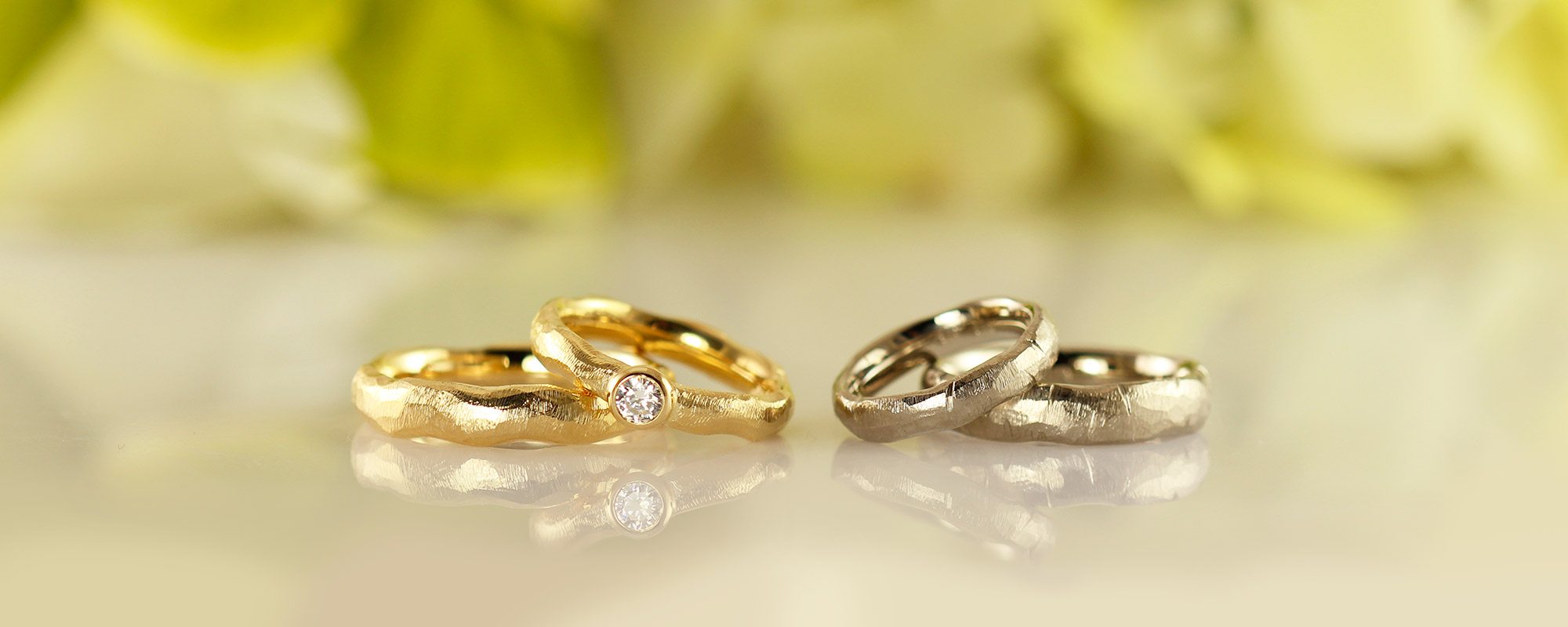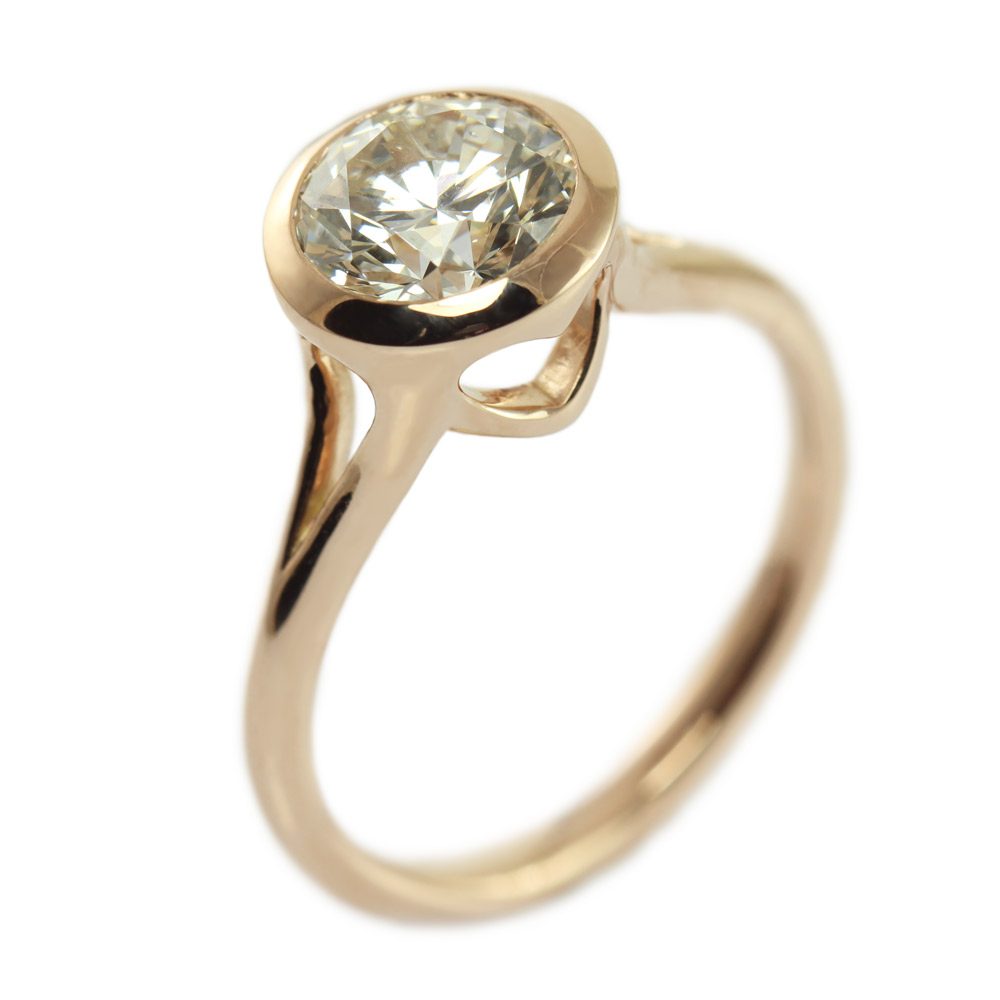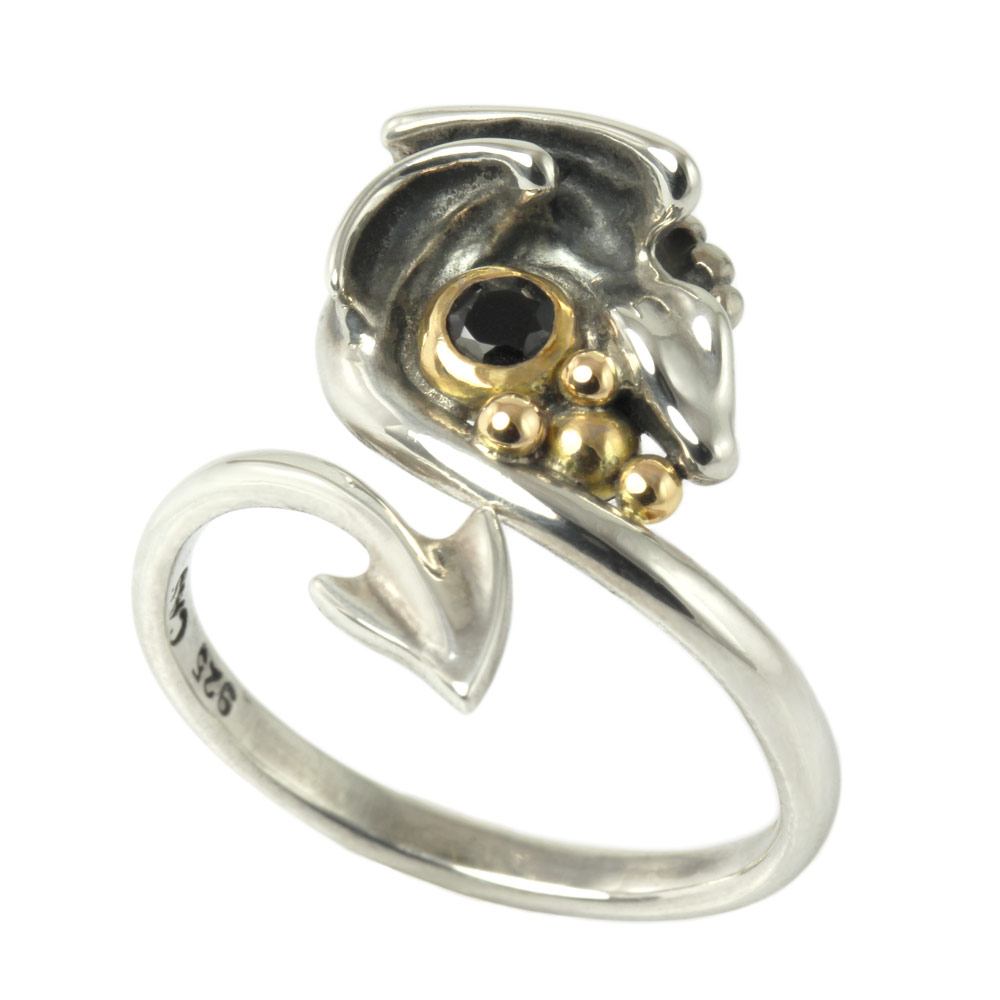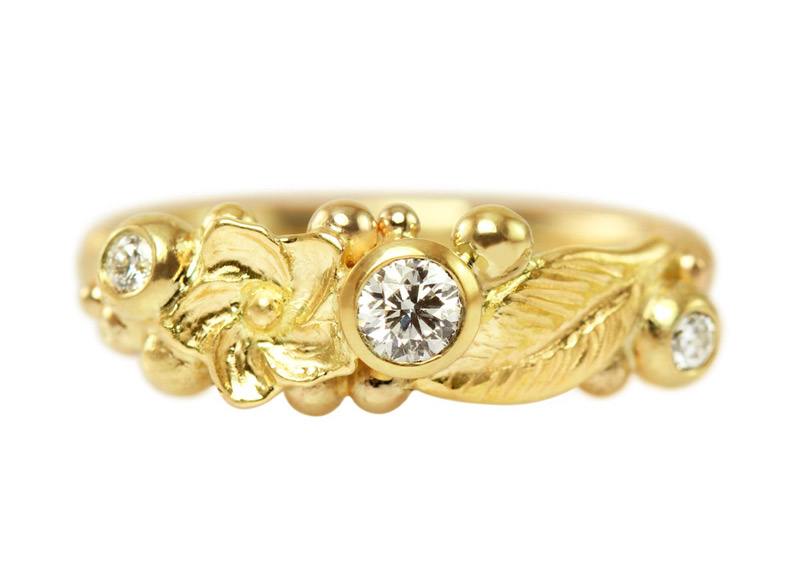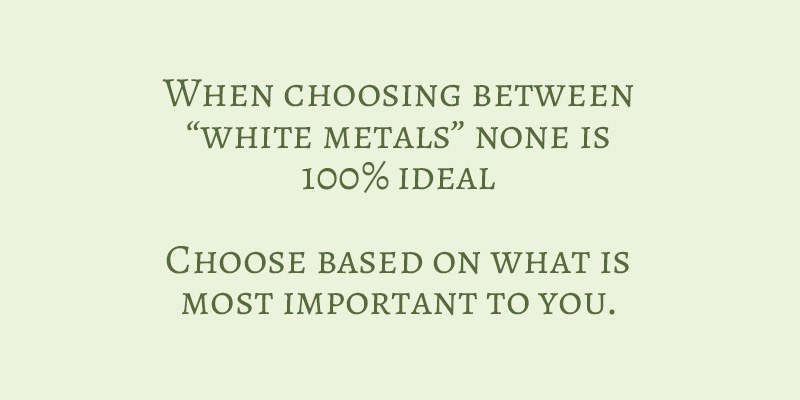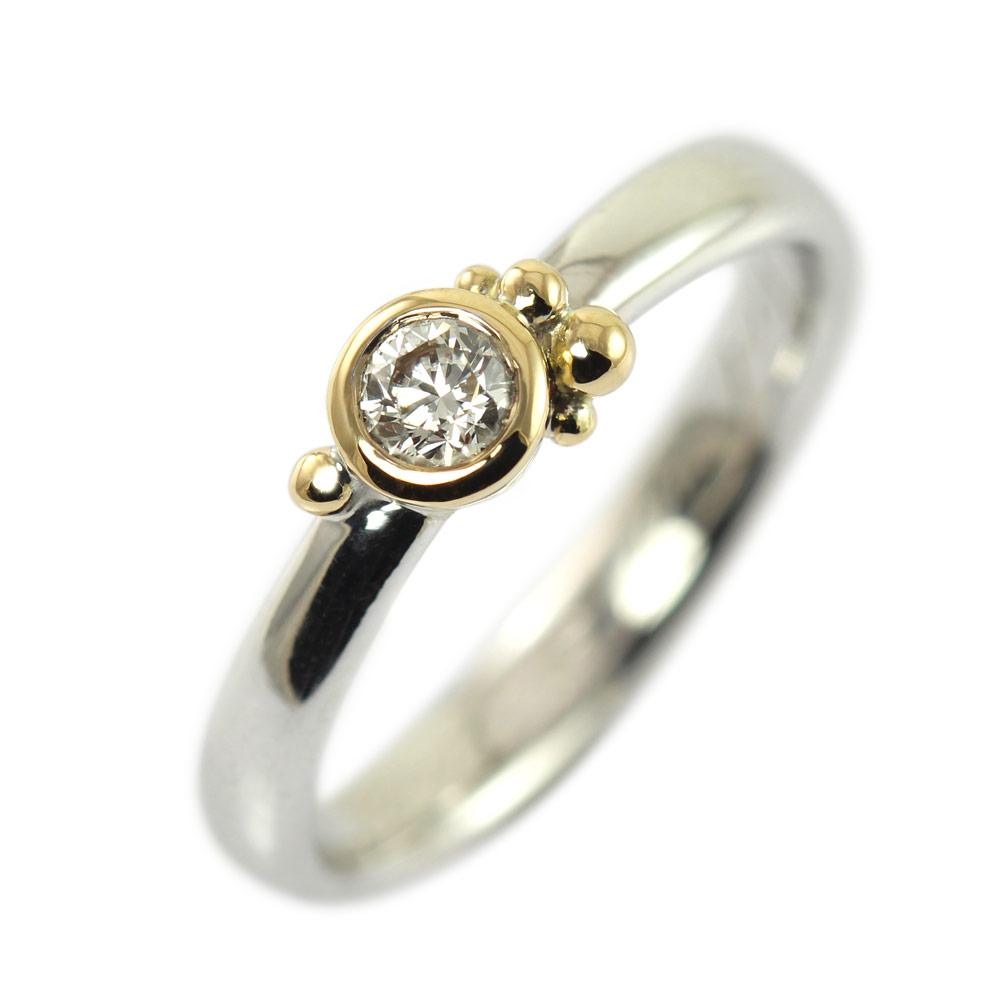Which metal is more durable for jewellery?
Are you considering to purchase a ring which you hope will be worn every day for many years to come, like for instance an engagement- or wedding ring? Obviously you want this ring to be up for the task and preferably turn into an heirloom eventually. But which metal is the most durable? The answer isn’t entirely simple and depends very much on your preferences and lifestyle. Here is a rundown.
Modern jewellery which you can purchase at jewellers worldwide is almost never created of 100% pure precious metal because it is too soft. In order to strengthen and also dilute the metal (making i.e. gold jewellery quite a bit cheaper), other metals have been added to the precious metal, creating an ALLOY. How do you know which alloy a piece is made of? When looking into your jewellery, you will most likely find at least two stamps: a number of letters indicating the maker (ours is CAS) and then a 3-digit number indicating the alloy. The number is indicating which alloy the piece is made of and it is always telling the content of the main metal - not expressed in percents (divided by hundred) but in promille (divided by thousand).
1.000 promille = pure gold also known as 24 karat. In Denmark we primarily work with the following precious metals:
333 – 8k (333 out of 1000)
585 – 14k (585 out of 1000)
750 – 18k (750 out of 1000)
925 – sterling silver
Pt – Platinum
What is the rest of the gold ring made of when stamped with i.e. 585, you may ask? For yellow gold the alloying metals are silver and copper. Here is an example of the 3 typical Danish alloys, which wonderfully illustrates the amount of actual gold versus the alloy metals.
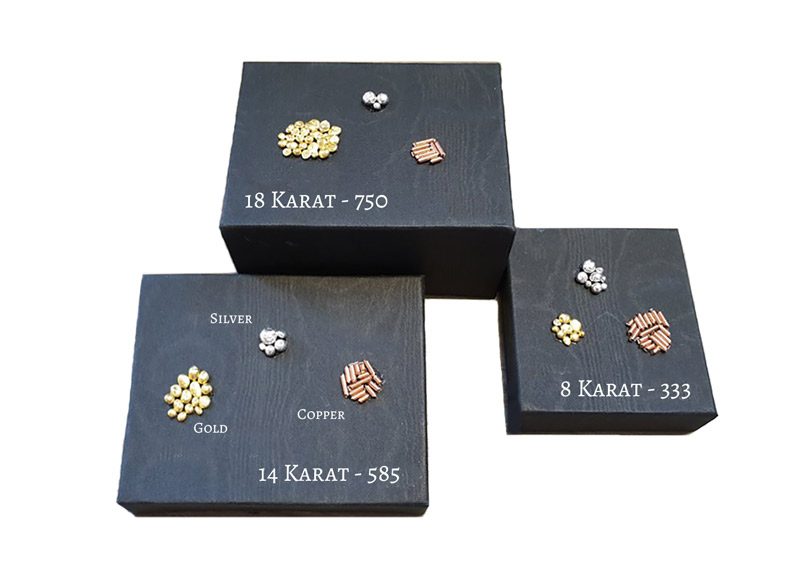
There are by the way regional differences throughout the world. 9 and 10 karat are also very widespread and in areas where people generally have a darker skin (which is a very beautiful backdrop for high karat yellow gold) most gold jewellery sold is above 20 karat. Here, they condescendingly refer to 18 karat (which many of us somewhat more pale westerners consider a high karat alloy) as “European gold”.
Rose gold Hiding Heart engagement ring with a 2 carat diamond
In Europe and the States however, rose or pink gold has over the later years become increasingly popular – perhaps because it is a beautiful tone for pale skin? Btw: The reason why 585 rose gold is more red than 585 yellow gold, is that the proportions of the silver and copper which are mixed into the gold are different. Rose gold has more of the red copper and less silver.
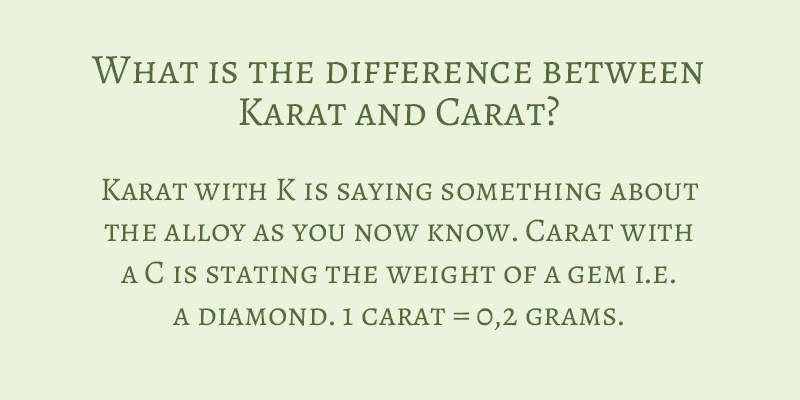
Metals for rings - options
Let’s take a look at the most common metals for wedding rings and other jewellery and how the metals perform when worn as a ring on an everyday basis:
Silver
Silver is affordable and has a beautiful, colourless shine to it when freshly polished. However, silver DOES tarnish, meaning that any areas which are not subject to mechanical wear (which will remove the tarnish) will over time become first slightly golden (like 8 karat gold) and then turn dark grey. Silver for jewellery is usually sold as “sterling silver” which means that it has been alloyed with 7,5% copper and hence stamped with 925 (out of 1.000 – remember?). The reason for mixing copper into the silver is, that while pure silver is slightly harder than pure (24 karat) gold, it is still rather soft. Adding the much stronger copper strengthens it enough to be used for jewellery. Sterling silver is however NOT stronger than the alloyed gold because it typically has an even higher copper content. Silver is also rather malleable and therefore you have probably experienced your silver rings changing shape a bit – at least the more dainty ones.
Wave - a soft yet heavy silver ring and a Dark Dragonling ring made in tarnished silver
Yellow gold
The classical material for precious jewellery. While polished silver and other “white” metals will reflect the surroundings like a mirror, gold has its own very unique and warm colour. The surface is reasonably scratch resistant, when alloyed and best of all: gold doesn’t tarnish! This is however not entirely true for 8 karat gold: Due to the fact that only 33% of the metal is actual gold while the rest is silver and copper. Leave an 8 karat ring in a drawer for too long and it will change colour. In my workshop we almost never use less than 14k gold because calling something “gold” while the actual gold content is less than 50% to me seems somewhat fake. Also, 8 karat gold has (for obvious reasons) a very light and not especially golden colour – a fact which in the industry is often remedied by gold-plating with 14 or 18 karat gold.
So, which one is the strongest? 14 or 18k gold? That depends on the alloy metals which have been used and their ratio. But at the end of the day, it mostly depends on the design: If you go for a super-delicate ring design of only approximately 1 mm, stick to 14k, which is a fraction harder - otherwise 18k gold (which has a more saturated golden colour) will perform beautifully.
Golden Garden - a charming gold ring with a flower, a leaf mixed with diamonds
White gold
White gold starts out yellow, because that happens to be the colour of gold. The reason why it is “white” is because it has been alloyed with other white metals – in Denmark mostly with silver and palladium. In the states it is allowed to add nickel, which creates a very pure, white color, as well. However, this is not allowed in Europe due to issues with nickel allergies. Obviously there is a limit as to how “white” you can dilute a yellow metal while still maintaining an 585 or even 750 alloy. Hence white gold actually has a soft, doe-grey colour, which can be very beautiful on fair skin. Many men prefer this metal because it has its own muted colour. The reason why white gold purchased at your local jeweller none the less looks like freshly polished silver, is that it has been plated with rhodium. Rhodium is very hard and has a dazzling, flashy chrome-like appearance. However, given that it’s a plating, it will wear off with the usual wear and tear and will require reapplication approximately once a year (depending on the activity level of your life and whether you take off your jewellery when doing sports, gardening etc.).
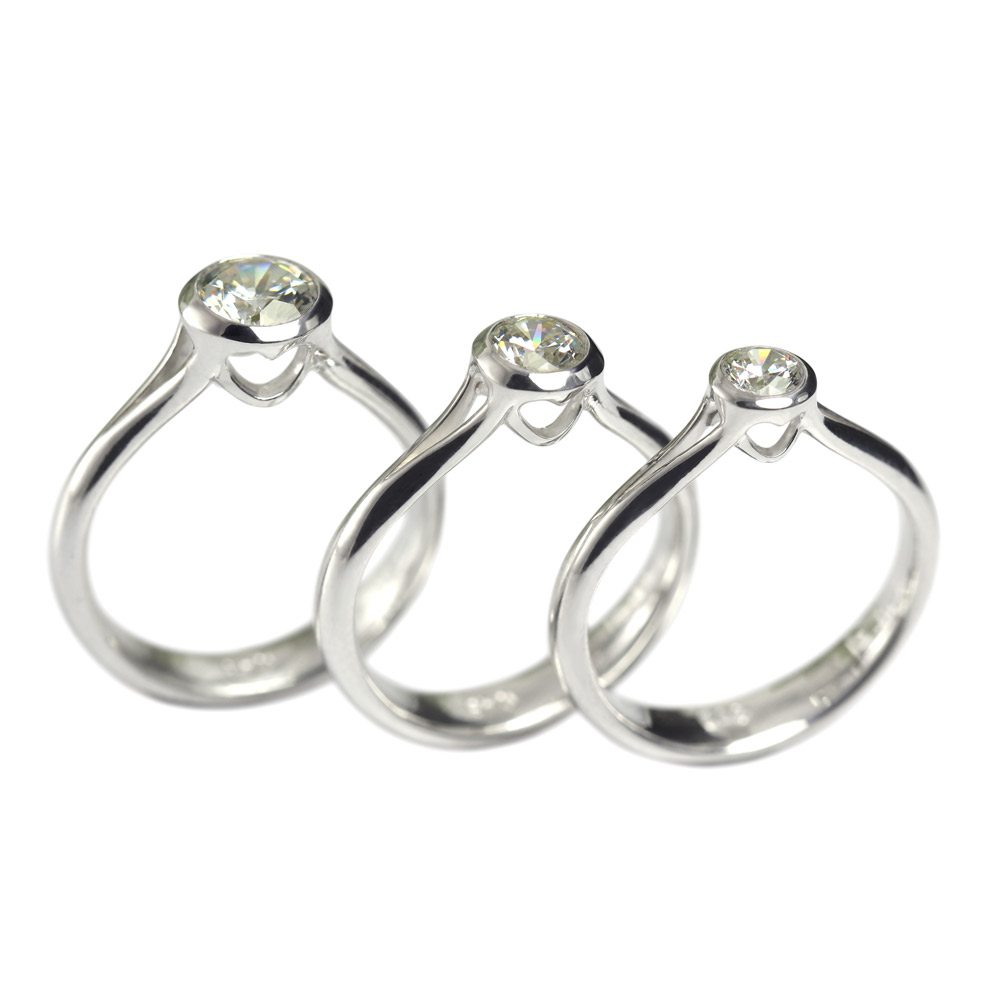
Wedding rings with zodiac signs made of non-plated white gold
and Hiding Heart engagement ring plated with rhodium
Platinum and palladium
These two metals are intimately related and have much the same properties:Both are rare and hence more expensive than gold. Both are “white” = colourless like freshly polished silver, but unlike silver they won’t tarnish over time. While platinum has been around for many years as THE high end precious metal, palladium has only been recognized as “precious metal” for less than 10 years and is hence still a metal for the first movers. Both metals are harder/less bendable alloys than 14k gold, but they scratch a lot easier.Both metals are used almost pure with only a 5% alloy. In the case of palladium, ruthenium is often used for 4.8% of the alloy, with trace amounts of copper or other components added in order to ease casting and fabrication. Platinum wedding rings are alloyed with iridium, rhodium and ruthenium. In other words: The metal is very pure and hence hyperallergenic.
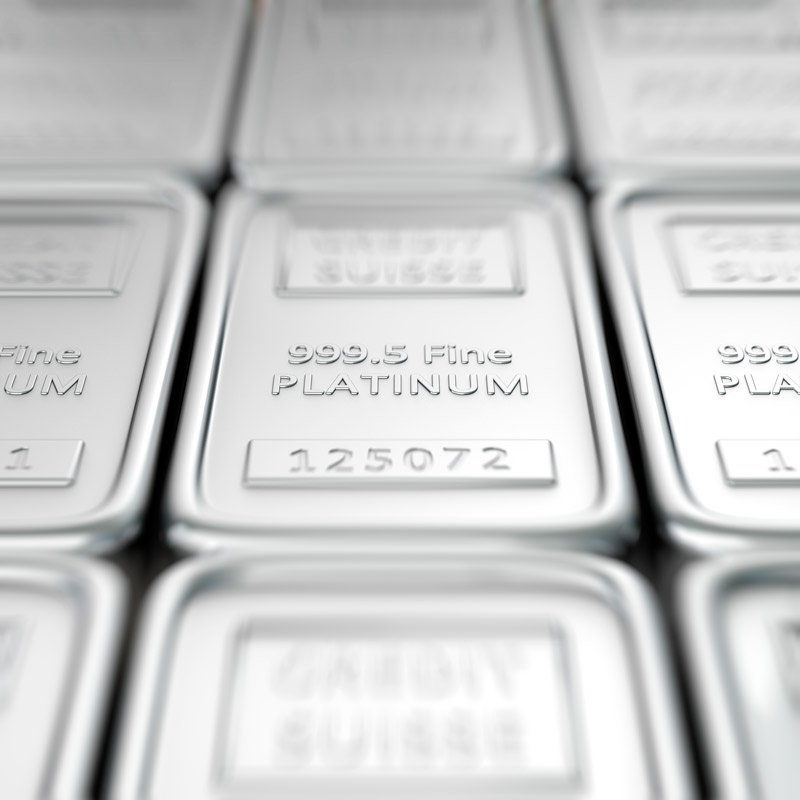
The difference lies mainly in the weight: platinum is a lot heavier than palladium and almost twice the weight of gold! The lighter palladium though is about 10% less prone to scratches than platinum. In other words: if you want a “white” metal without having to have the rings replated with rhodium ever so soften, Platinum or palladium are very good choices. However, they will need a re-polish once in a while because they are more prone to scratches than (white) gold.
The beauty comes at a price: Palladium, which is used to alloy white gold, has risen enormously in price in recent years, because the metal increasingly is used in industry, including in the batteries of electric cars. On the other hand, the price of platinum has dropped substantially.
This means that if you have the same ring created in resp. 14k white gold and platinum, then the platinum version will weigh significantly more. But because the gram price of platinum is lower than it is for white gold, a ring made of platinum currently costs roughly the same as that of white gold, whereas the same ring in palladium will be the most expensive choice.
Plating - a cheap gold ring?
Whichever metal you choose, you can always have it plated as something else. For instance a silver ring can be plated with gold to look like a gold ring. However, since such a plating will wear off rather quickly (when worn every day, you will see a change within months) you will eventually end up with a ring of the actual color it was made of – perhaps with a residue of the plating left in the nooks and crannies of a claw setting. Unless you like this dramatic change of the appearance of your ring, go for the real deal – you will always end up appreciating it more.
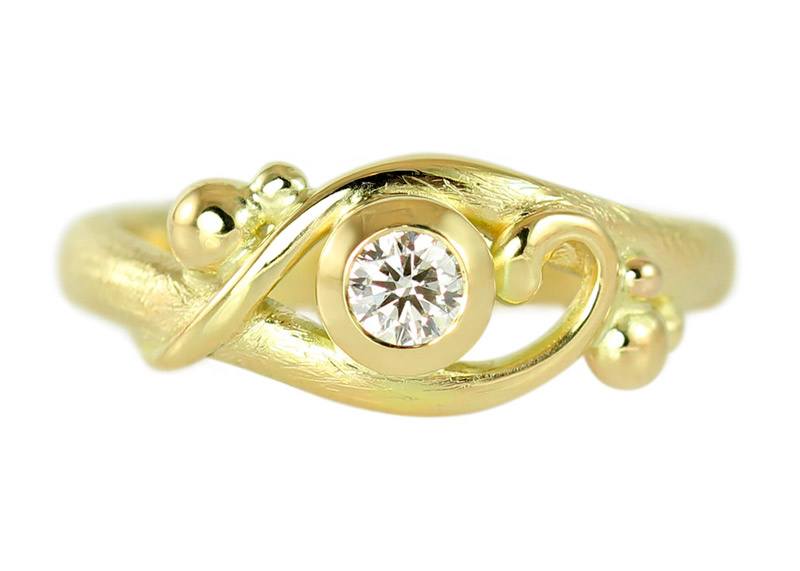 The real deal: Scrollwork solitaire goldring with diamond
The real deal: Scrollwork solitaire goldring with diamond
Other interesting materials
In the later years other alternative materials have surfaced:Titanium, tungsten, carbon and steel. While all these have become increasingly popular because of their hardness and color – especially among men – they have one major downfall: Due to the fact that creating these rings require special equipment, which is only found in large factories, no jeweller can work with them in a small scale workshop. This also means that rings of titanium, tungsten, steel and carbon CAN’T BE RESIZED. In other words: You need to get the size just right in the first go (which is not always easy – read more on the topic in my article about how to find the right ring size) AND you may never loose or gain weight as long as you are wearing this ring.
A word on diamonds set in yellow gold
Want a big diamond, but can’t afford the very best quality? Then consider choosing a setting of yellow gold. Because a diamond picks up quite some color from the setting it is held in, you will not really be able to see a difference between a River-colored (D) and a Wesselton-colored (H) diamond! Btw - If you are about to purchase an “important everyday piece of jewelry”, as I tend to call i.e. wedding rings, the gem to be set in said ring must be durable as well. Read more and/or see a video on durable gems here.
Solo - a different solitaire with a warm gold setting which creates a wonderful contrast to the cool (rhodium plated) white gold.
Still confused about which metal to choose? At least you are so on a higher level ;-) See many different ring designs made of various gold alloys here:
Take me to the rings

 RSS Feed
RSS Feed
